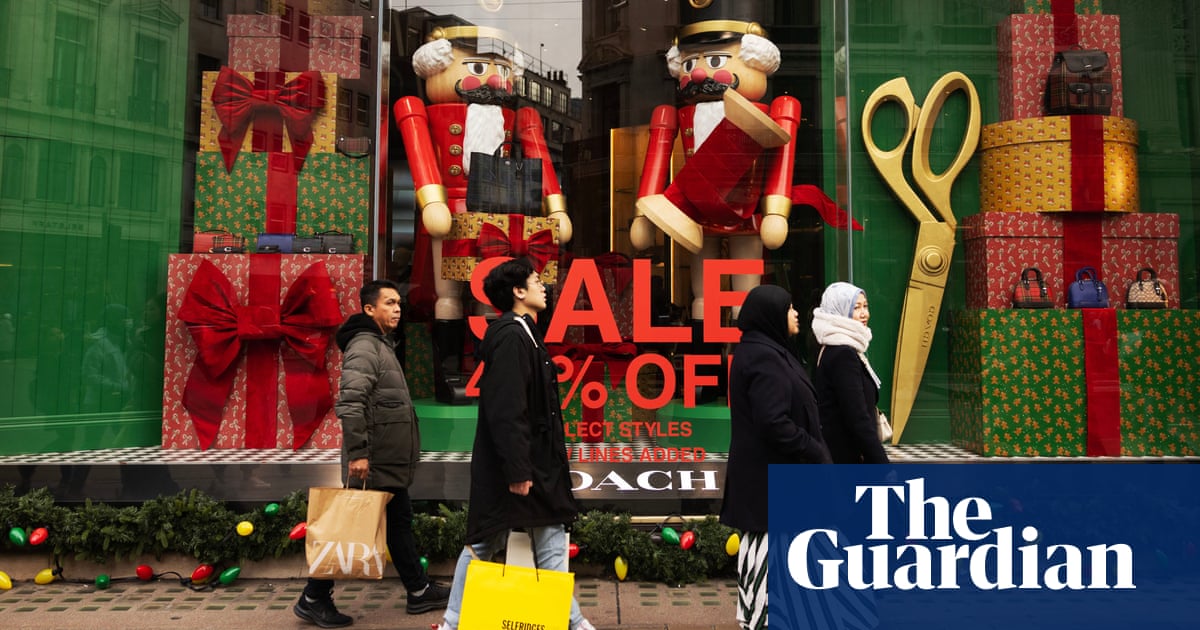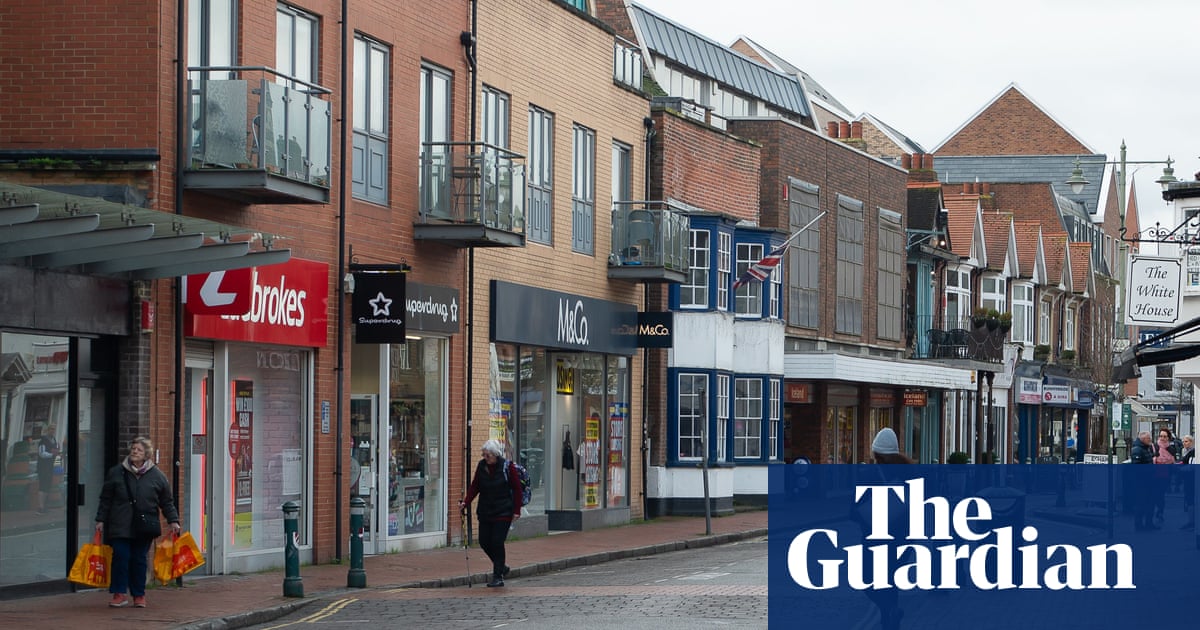
Shoppers are expected to rein in spending seriously in the autumn, after enjoying holidays abroad and the jubilee celebrations this summer, the boss of Marks & Spencer has said, as the retailer said profits would flatline amid “consumer uncertainty”.
Steve Rowe, the outgoing chief executive of the food, clothing and homewares retailer, said M&S’s costs were rising by between 5% and 9%, depending on the product category, adding “a chunk of that is going to get passed on” to customers.
Rowe said M&S had already put prices up by an average of 6%, in line with the wider market, and clothing and homewares prices were likely to go up over the summer.
He said prices of some materials such as organic cotton were soaring but M&S aimed not to pass all of that on to shoppers in order to “maintain the competitive position and value position that we have worked so hard to regain”. Rowe added that some raw material price rises were being offset by lower freight costs after high inflation last year.
He expects shoppers to change their behaviour when they return to work from summer holidays and are faced with higher shop prices and increased energy bills as the weather cools.
M&S is also shutting 32 more stores in the next three years as it shifts away from town centres, saying many have “lost impetus” as a result of failed local authority or government policy.
The high street bellwether said it had returned to the black in the year to 2 April but warned its profits would flatline in the year ahead amid “increasing cost pressures and consumer uncertainty”.
A decision to fully exit Russia, after temporarily pausing deliveries in the light of the war in Ukraine, will cost it £31m, while new EU tariffs and border costs relating to Brexit had cost £29.6m in profits and £15m in lost trade.
M&S revealed pretax profits of £391.7m in the year to 2 April compared with a loss of £209m a year before as sales rose 18.6% to £10.9bn.
Food sales rose 10% on pre-pandemic levels while clothing and home sales rose 3.8%, driven by online growth. Sales at its Ocado joint venture were down 4% year-on-year as shoppers returned to buying groceries in stores.
Presenting his last set of results before leaving M&S after more than 40 years, Rowe said the figures demonstrated “that M&S has fundamentally changed”, adding: “While there is much more to do, the business has moved beyond proving its relevance and has the opportunity for substantial future growth.”
He confirmed plans to shut 32 more full line stores. The latest closures come on top of 68 full-line stores closed by M&S recent years. A further 30 are due to close within nine years. The group has previously said it expects to close about 110 stores in an attempt to reduce its estate to 180 from just over 240 at present.
However, the group plans to move into 15 new full-line stores and 40 food outlets over the next three years. That compares with 10 new stores opened over the past year. The retailer said it would shift away from multi-floor buildings to more modern edge-of-town sites, such as former Debenhams buildings, with better access and car parking.
Rowe said M&S was “moving with the customer” as 40% of the group’s clothing and home sales were now online. He said the retailer was not abandoning city centres entirely, flagging the group’s planned investment in a new store on Oxford Street in London.
It said it would reduce space devoted to clothing and homewares further as sales were down by almost a quarter compared with four years ago, while space had dropped by only 10%.
It will raise £200m by selling off old stores to help fund the expansion as it said that sales in city centres were down 14% and high streets down 8% on pre-pandemic levels, while sales rose 22% in retail parks. Stores in travel hubs, including stations and airports, were down 39%, largely as a result of pandemic restrictions and the shift towards working from home.












